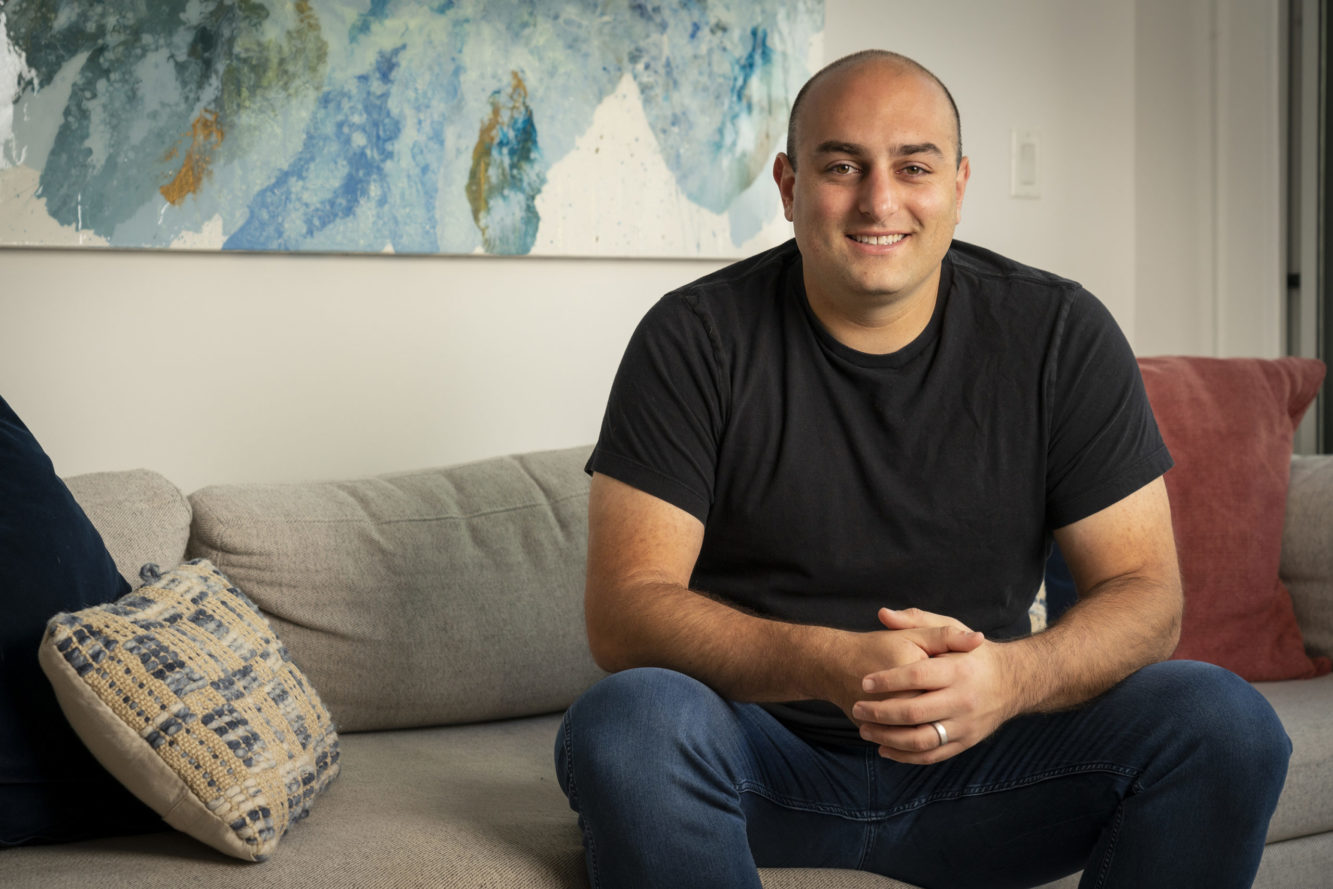The California Cancer Care Equity Act Is Now Law!
Thank You for Supporting Cancer Care Equity for Californians
With some 189,000 Californians expected to be diagnosed with cancer each year, increasing access to the optimal treatment for a patient’s diagnosis is critical – and can save lives.
SB 987 promotes cancer care equity in CA, helping remove unfair barriers that prevent many cancer patients from getting needed care.








